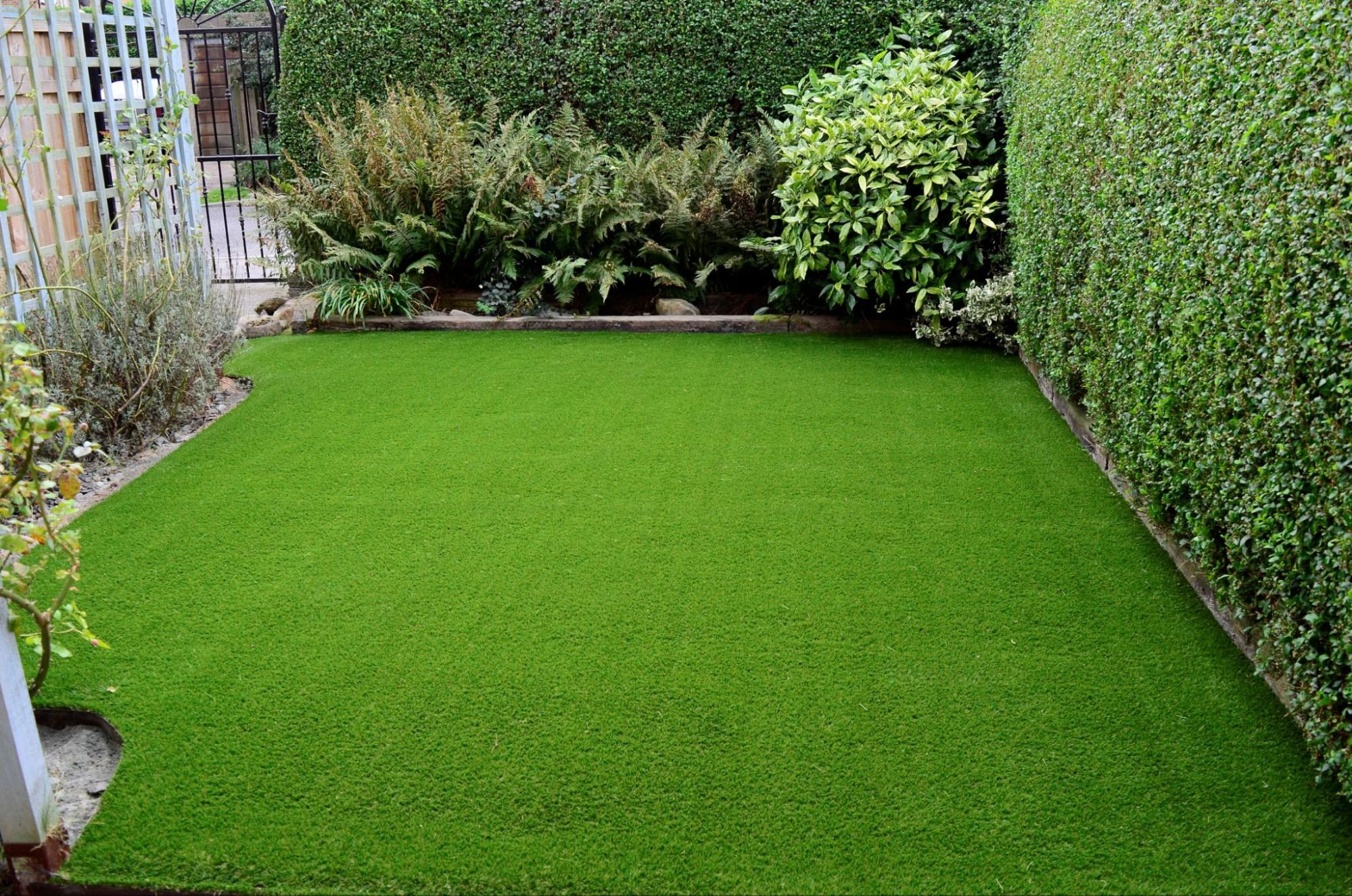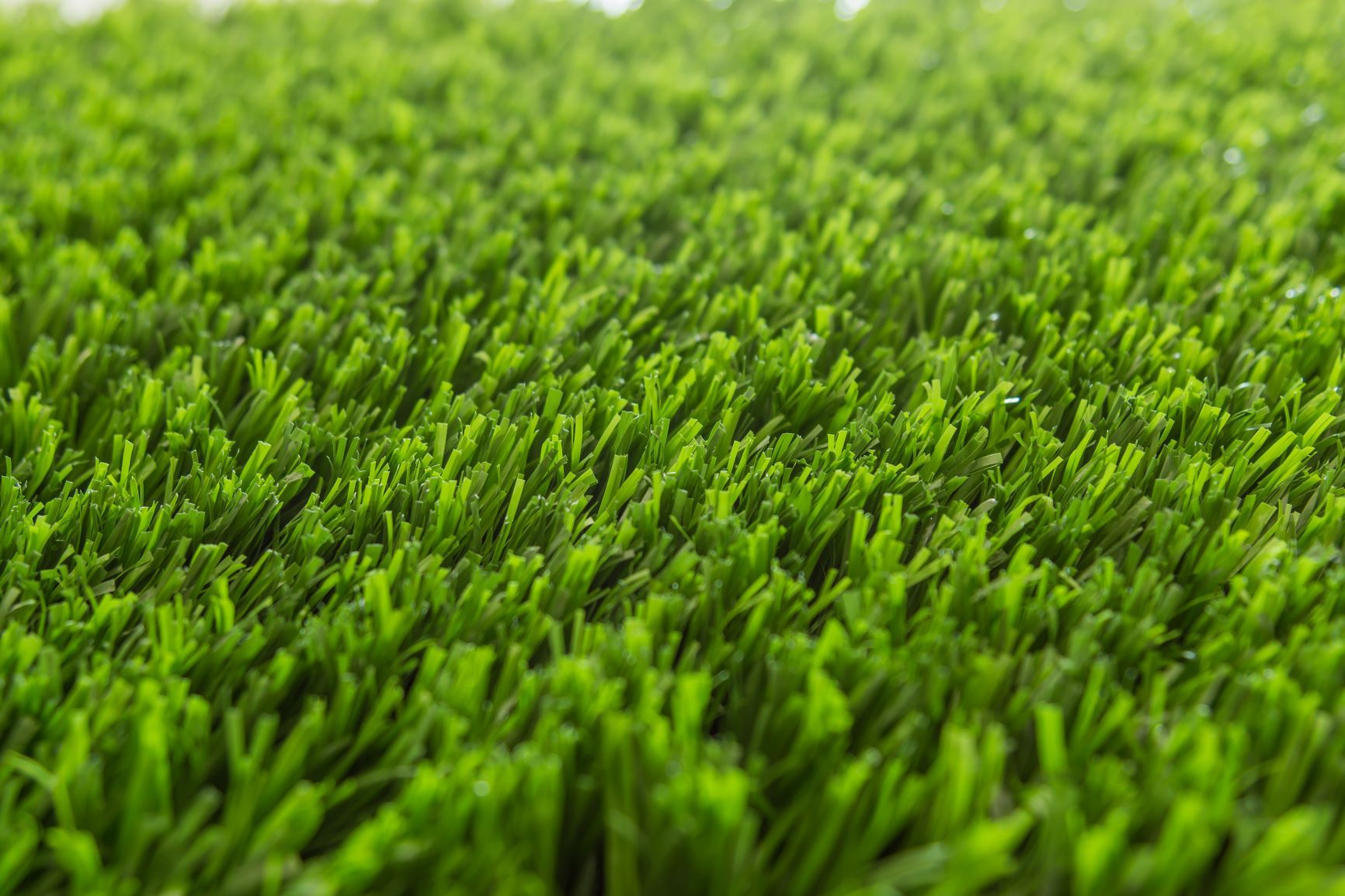Explore the Environmental Benefits of Opting for Artificial Grass Solutions
The fostering of synthetic grass solutions presents a compelling possibility to resolve pushing ecological obstacles. By significantly lowering water usage and reducing the application of unsafe chemicals, these choices not just promote lasting landscape design however additionally shield local ecosystems. Additionally, the lower carbon footprint connected with decreased upkeep activities adds to a more lasting technique to land monitoring. The implications of these benefits extend beyond simple conservation initiatives, elevating concerns concerning their long-term impact on habitat conservation and overall eco-friendly balance. Exploring these measurements exposes an intricate interplay worth considering.
Water Preservation Benefits
One of the most considerable benefits of fabricated turf is its capacity to save water. In comparison, synthetic lawn does not require watering, dramatically reducing the total demand for water sources.
By getting rid of the demand for routine watering, synthetic grass contributes to lasting landscape methods and helps mitigate the ecological effect of extreme water consumption. The conservation of water prolongs to the reduction of runoff, which can lead to dirt erosion and waterway air pollution.
Additionally, the installment of synthetic grass enables towns and house owners to allot water resources much more effectively, concentrating on crucial uses such as drinking water and farming. The shift in the direction of synthetic grass not only advertises accountable water use but additionally lines up with wider environmental objectives focused on protecting natural deposits.
As communities increasingly prioritize sustainability, the water conservation advantages of synthetic grass present a compelling instance for its adoption in residential and business landscaping jobs.
Decreased Chemical Usage
The transition to synthetic grass dramatically reduces the reliance on chemical therapies typically utilized in all-natural turf maintenance. Traditional grass management normally entails the application of plant foods, herbicides, and chemicals to promote growth and control bugs. These chemicals can position threats to human wellness, regional wild animals, and the setting, adding to soil and water contamination.
In contrast, fabricated grass eliminates the requirement for these unsafe compounds. By lessening the launch of synthetic compounds right into the community, synthetic lawn promotes much healthier soil and water systems.
Additionally, the lack of chemical drainage connected with synthetic grass installments helps secure regional rivers from air pollution, supporting marine life and keeping biodiversity. Artificial turf companies phoenix. As communities significantly prioritize lasting methods, choosing synthetic grass provides a practical option that lines up with environmental preservation goals. With this change, residential or commercial property owners can appreciate rich green areas without compromising ecological wellness, leading the way for a much more sustainable future
Reduced Carbon Impact

Furthermore, the setup of artificial grass can cause substantial water preservation. Natural grass require significant quantities of water for irrigation, which not just includes in the carbon impact associated with water removal and treatment yet additionally strains regional water sources. In contrast, synthetic grass requires minimal maintenance, needing no watering, therefore significantly reducing water usage and its associated power prices.
Additionally, the durability of synthetic grass adds to its reduced carbon effect. With a life-span of approximately 15 years or even more, the requirement for regular replacements is reduced, causing much less waste and reduced power intake in production and disposing of More Info standard lawn options. Generally, artificial grass presents a sustainable option for environmentally mindful landscape design.
Habitat Preservation
Environment preservation is an important consideration in the argument over landscape design options, especially when comparing artificial lawn to all-natural grass. All-natural turf lawns often need substantial maintenance, consisting of using herbicides, pesticides, and fertilizers, which can detrimentally affect local ecosystems. These chemicals can leach right into the soil and rivers, harming native vegetation and animals and interrupting neighborhood habitats.
On the other hand, synthetic grass offers a chance to reduce the environmental impact of landscape design. By going with artificial turf, homeowners can minimize the disturbance of natural environments related to typical grass care methods. Synthetic grass gets rid of the demand for damaging chemicals, thereby safeguarding nearby wild animals and maintaining the stability of bordering environments. Furthermore, the setup of synthetic grass can result in the conversion of former turf locations right into even more biodiverse landscapes, such as pollinator gardens or indigenous plant locations, which can sustain neighborhood wild animals.
Eventually, the shift to synthetic grass not just preserves water and lowers upkeep efforts however also cultivates a much more unified partnership between human tasks and the find here native environment, promoting habitat conservation in the procedure.
Long-Term Sustainability
Long-lasting sustainability is an important element in reviewing the advantages of artificial lawn over traditional turf yards. Among the most significant advantages of fabricated grass is its sturdiness; it can our website last up to 15-20 years with minimal upkeep, whereas natural yard needs frequent reseeding and substitute. This durability reduces the requirement for constant sources, such as water, plant foods, and chemicals, which are vital for preserving a healthy yard lawn.
Furthermore, synthetic lawn adds to a decrease in carbon emissions related to lawn treatment equipment. Standard lawns commonly call for gas-powered mowers, leaners, and blowers, every one of which add to air contamination. Phoenix turf companies. In contrast, synthetic grass eliminates the demand for such equipment, promoting a cleaner setting
Moreover, the production of synthetic grass progressively makes use of recycled materials, boosting its sustainability profile. As producers embrace environmentally friendly practices, the ecological impact of synthetic grass continues to reduce.

Verdict
The fostering of synthetic grass remedies offers significant ecological benefits, consisting of substantial water conservation, reduced reliance on damaging chemicals, and a reduced carbon impact. Man-made grass aids in preserving all-natural environments by lessening land disruption and promoting lasting sustainability via the use of sturdy products. Collectively, these factors emphasize the capacity of synthetic grass to add positively to ecological wellness and use a feasible option to conventional landscape design methods in an increasingly resource-conscious globe.
In contrast, fabricated grass does not need watering, considerably reducing the total demand for water sources. By lessening the release of artificial substances into the ecosystem, fabricated grass advertises healthier dirt and water systems.
In addition, the setup of man-made turf can result in significant water conservation. In contrast, man-made lawn needs very little upkeep, needing no watering, therefore substantially decreasing water usage and its linked energy expenses.
